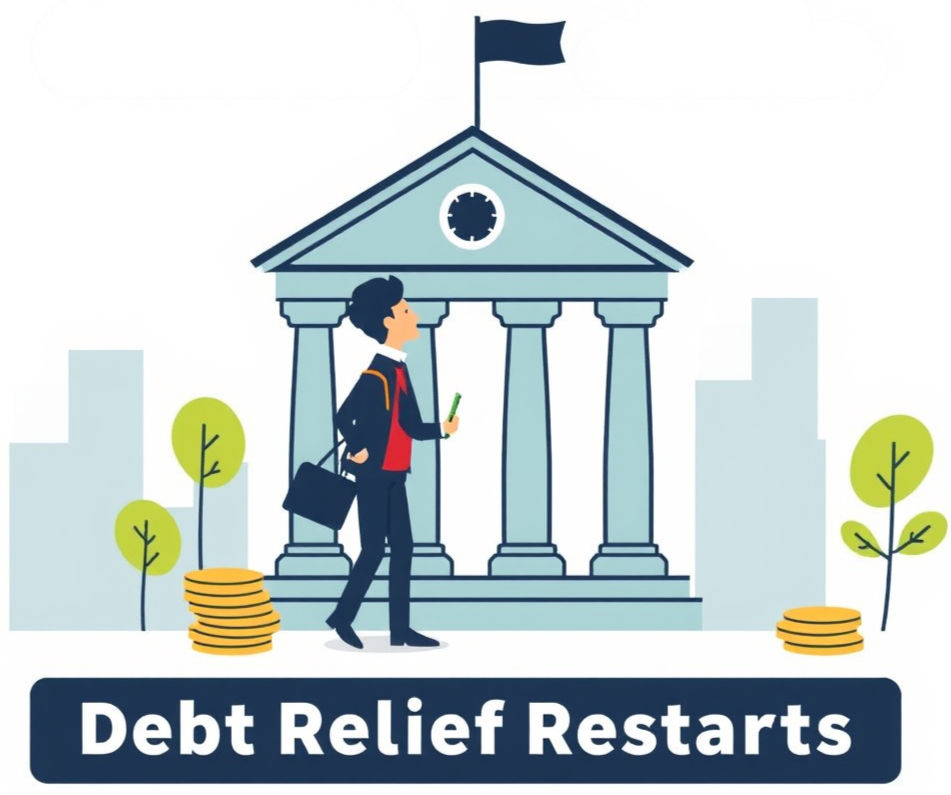What Student Loan Borrowers Must Know About the One Big Beautiful Bill
- TitanPrep Official

- Jul 9
- 3 min read
Major changes are coming to the federal student loan system—changes that could significantly impact your monthly payments, eligibility for forgiveness, and long-term financial planning. Here is what student loan borrowers must know about the one big beautiful bill.
The One Big Beautiful Bill (OBBB), recently passed through Congress, will permanently reduce federal repayment options to just two by July 1, 2028: IBR (Income-Based Repayment) and RAP (Repayment Assistance Plan). Borrowers currently on other plans will be transitioned over the next three years, depending on their loan type and history.
At TitanPrep, we are already helping clients prepare for these transitions to ensure they remain on track for lower payments and long-term forgiveness.
Repayment Plans Being Phased Out
Several existing income-driven plans are being retired, including PAYE and SAVE. Borrowers in these plans will be reassigned based on when they first entered repayment:
Borrowers on PAYE will be transitioned into Old IBR between mid-2026 and 2028.
SAVE borrowers currently in forbearance will be reassigned to either Old or New IBR, depending on loan history.
New borrowers after July 1, 2026, will only have access to IBR or RAP.
Once a borrower is placed into RAP, switching back to previous plans will not be permitted.
What Makes RAP Different
While RAP is designed as an income-based plan, it differs significantly from past IDR plans and may result in higher monthly payments for many borrowers. Key features include:
Monthly payments are based on gross income, not adjusted income
Spousal income is included in the calculation
Family size is not factored in
Forgiveness occurs after 30 years of repayment
Minimum monthly payment of $10, even for lower-income borrowers
Interest subsidies apply when payments do not cover the full amount of interest
Projections from borrower advocacy groups suggest RAP could increase payments by over $2,900 annually compared to the SAVE plan. This makes it essential to evaluate your current plan before any automatic transitions begin.
Tighter Rules on Forbearance and Default
Borrowers with loans disbursed after July 2025 will see new restrictions:
Economic hardship and unemployment deferments will no longer be available
Forbearance is capped at nine months during any 24-month period
Collections on defaulted loans resumed in May 2025
Borrowers who default now face renewed risks, including wage garnishment, tax refund seizure, and Social Security offsets. With more than two million borrowers expected to enter default in the coming months, early intervention and file reviews are more important than ever.

Rehabilitation Now Available Twice
One positive change: borrowers who default will be allowed to rehabilitate their loans twice instead of once. This offers an additional opportunity to restore good standing—particularly valuable in light of the resumed collection efforts.
What You Should Do Now
Borrowers currently enrolled in PAYE, SAVE, or with Parent PLUS loans should take steps to review their file before key deadlines:
Between mid-2026 and 2028, PAYE and SAVE borrowers will be reassigned
By July 1, 2026, Parent PLUS loan holders must consolidate to retain access to income-driven options
If you’re unsure where your file stands, now is the time to take a closer look. Once reassigned, options may be more limited, and payments could increase.
At TitanPrep, we specialize in reviewing borrower files, identifying the best repayment options, and helping clients stay on track for forgiveness. We’ve helped countless borrowers reduce their monthly payments and avoid default, even during times of policy change.
Call TitanPrep at (800) 547-2258 to review your repayment strategy and ensure you’re prepared for what’s ahead.
TitanPrep | Experience. Strategy. Results.



Comments